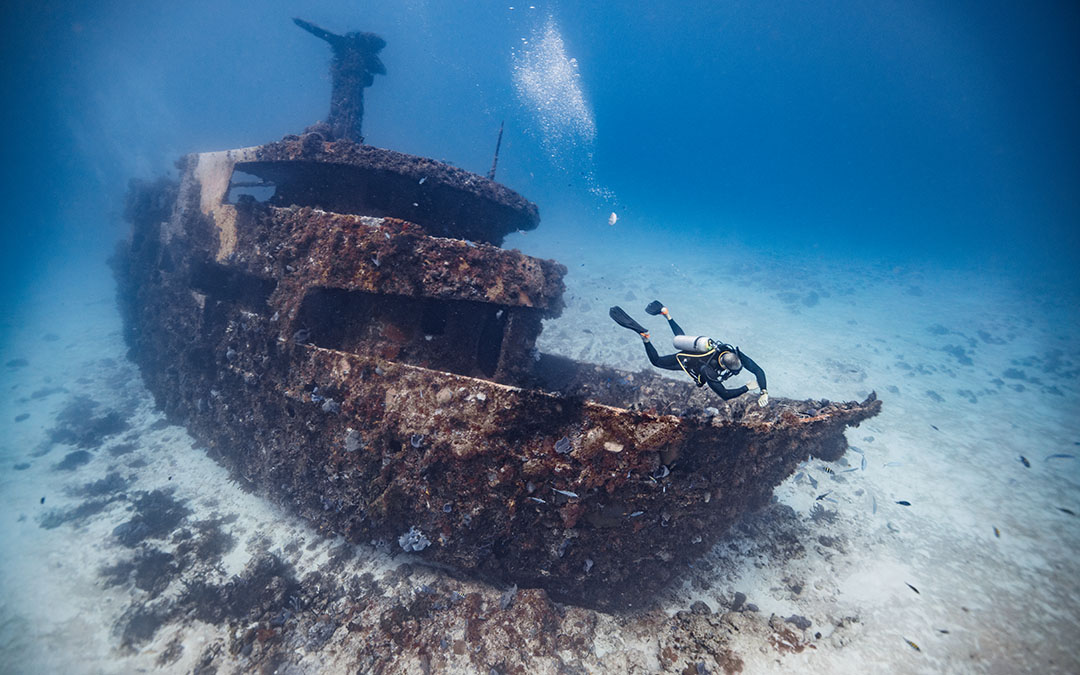So other than getting the "card" that may make it easier to get fills........ What is it in the O2 admin course that cannot be 100% clarified and 100% learned in an online or virtual course?
I ask this because as an example....... in the PADI Enriched Air Diver Course, I can see absolutely zero benefit from taking the time and expense of doing the actual dives. As long as you fully understand all of the physics and MOD limits...... then the dives are really nothing more than paying PADI to follow the specified parameters, limits. etc.... and then normally inhale and exhale and repeat as necessary.
I ask this because as an example....... in the PADI Enriched Air Diver Course, I can see absolutely zero benefit from taking the time and expense of doing the actual dives. As long as you fully understand all of the physics and MOD limits...... then the dives are really nothing more than paying PADI to follow the specified parameters, limits. etc.... and then normally inhale and exhale and repeat as necessary.




